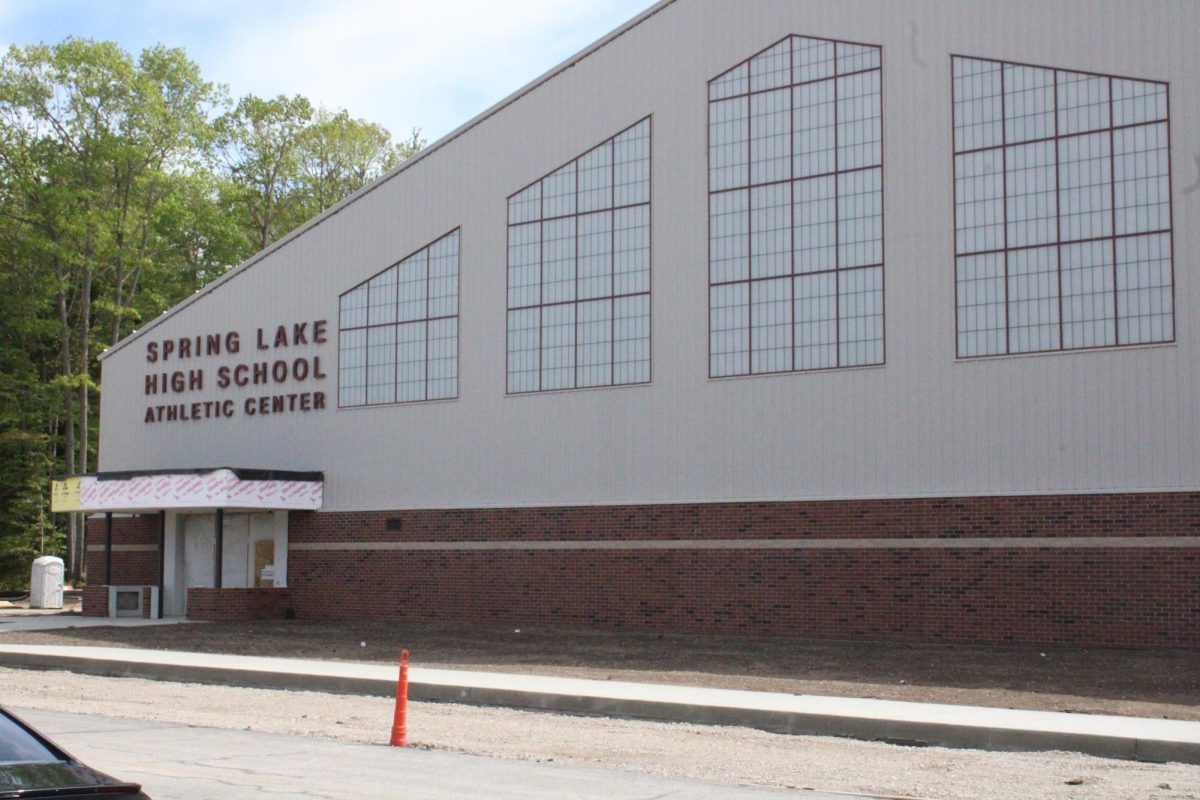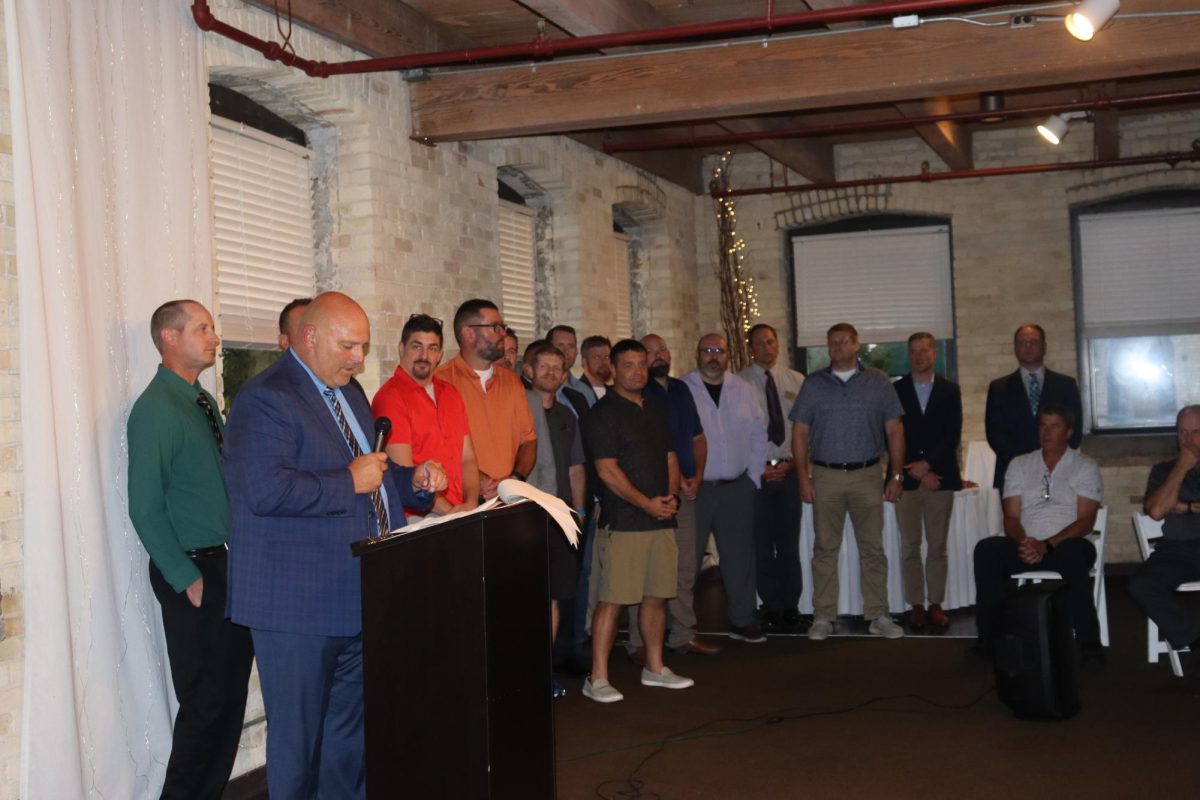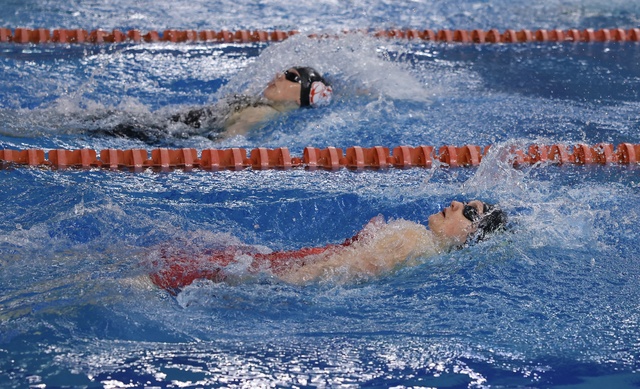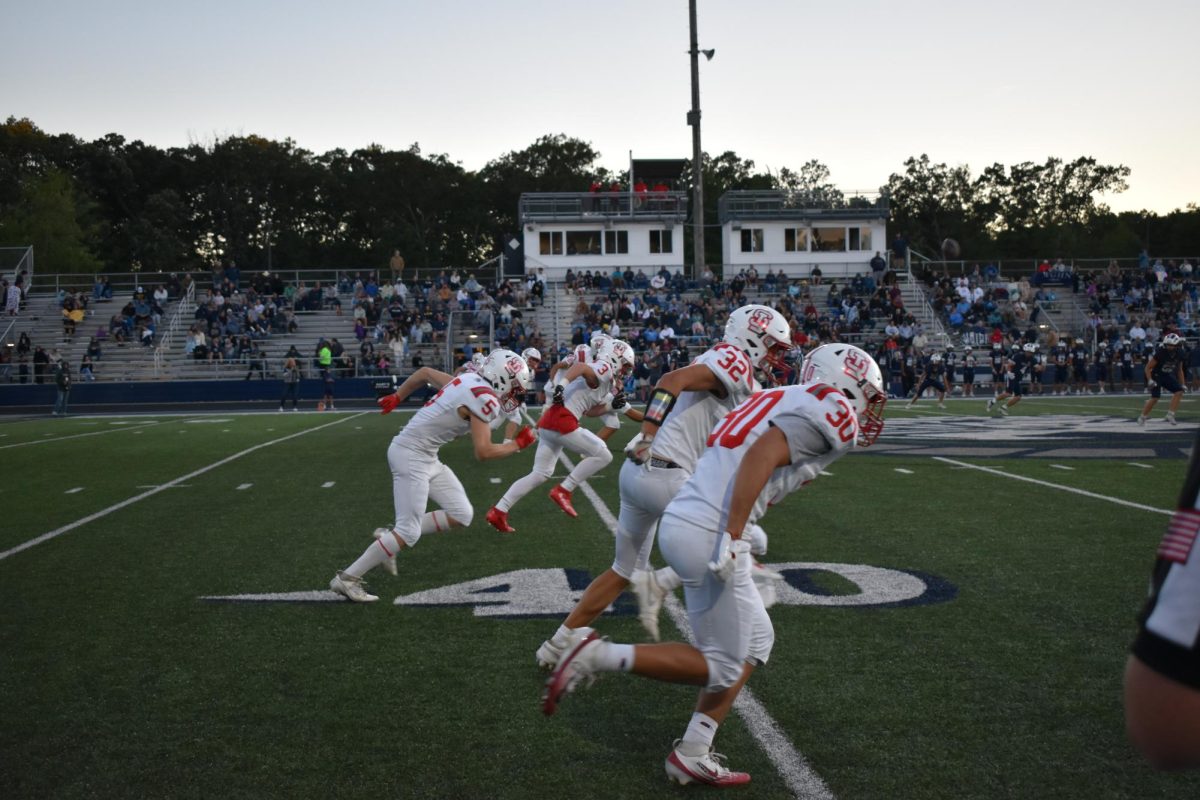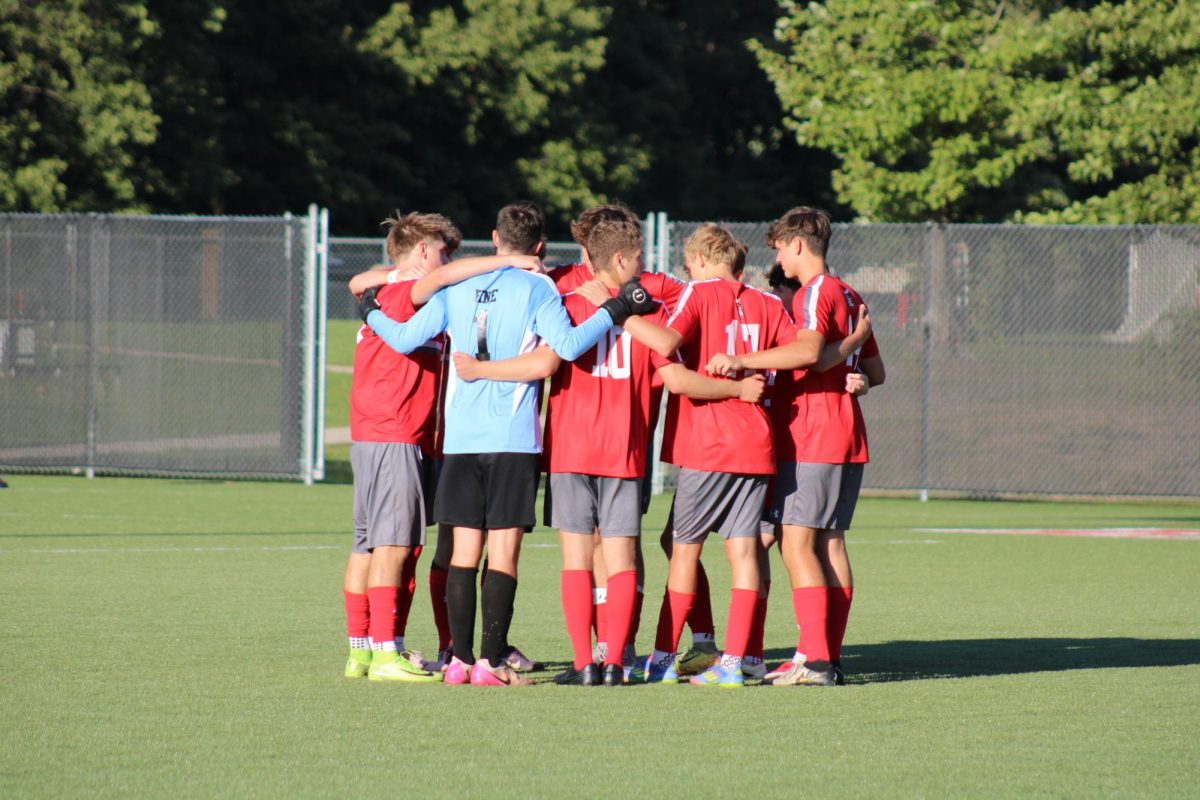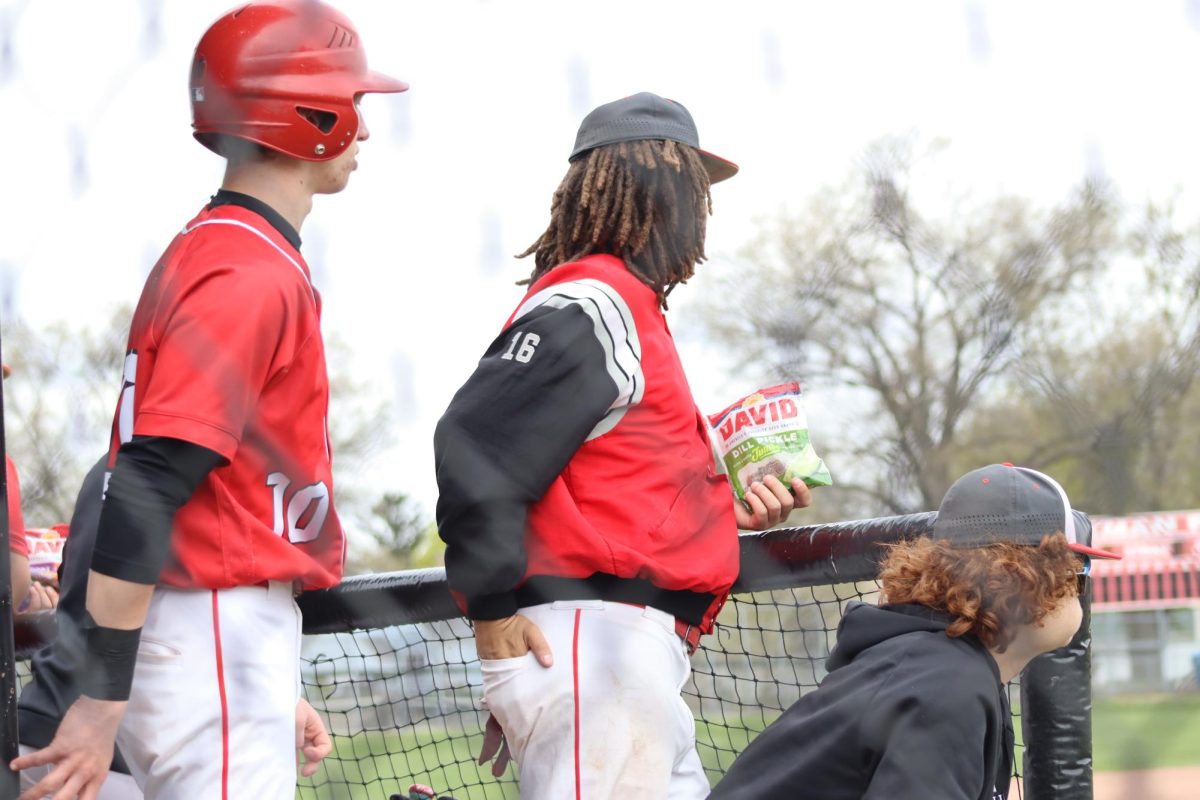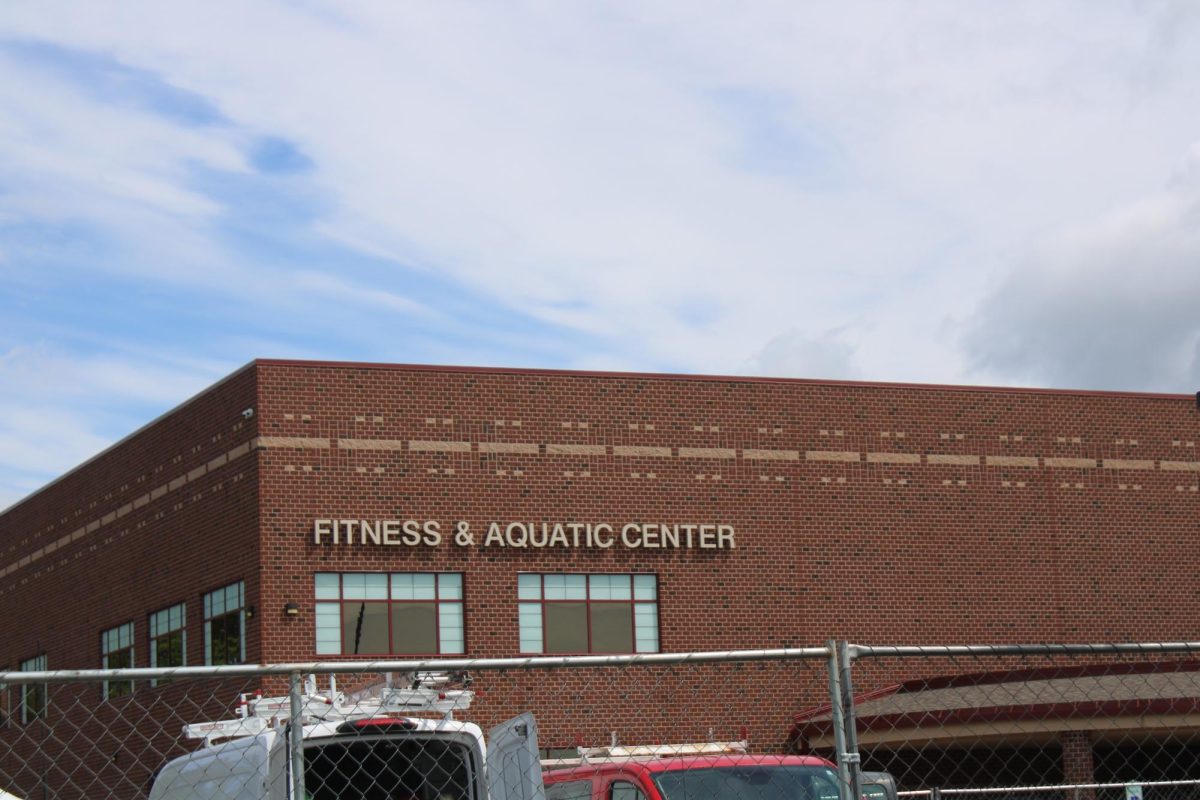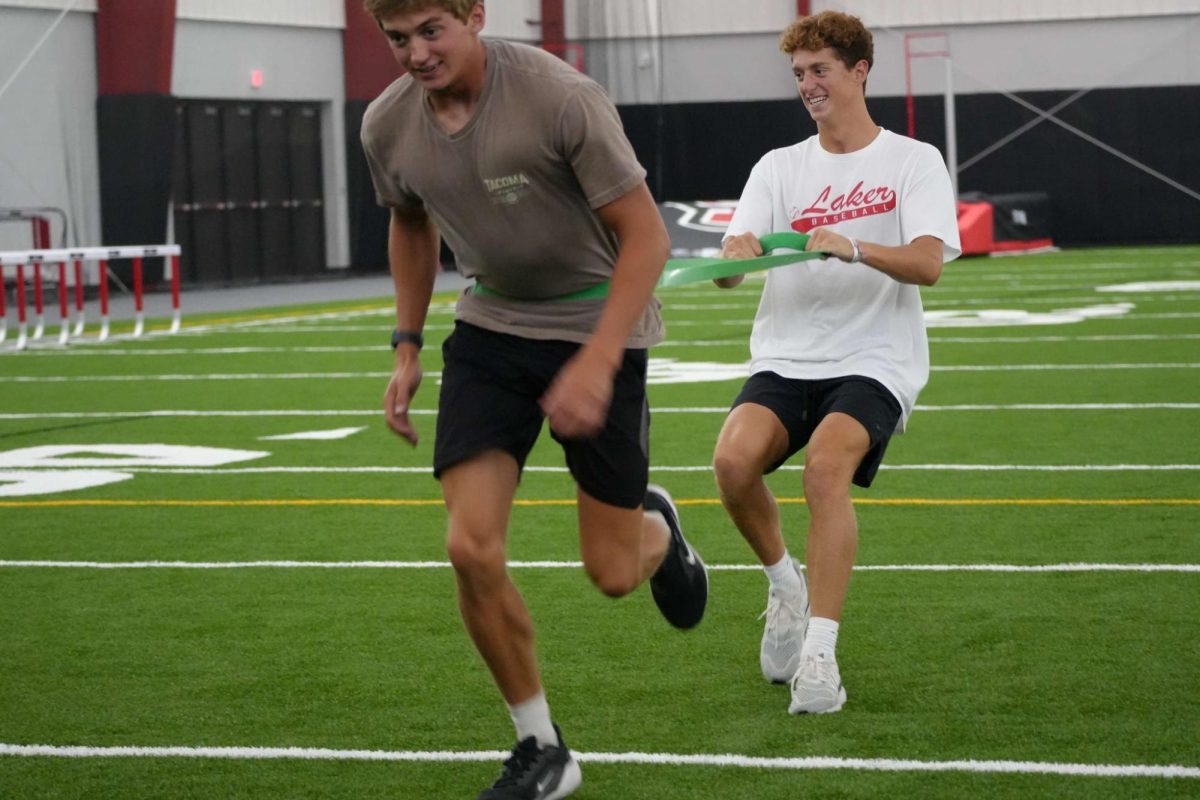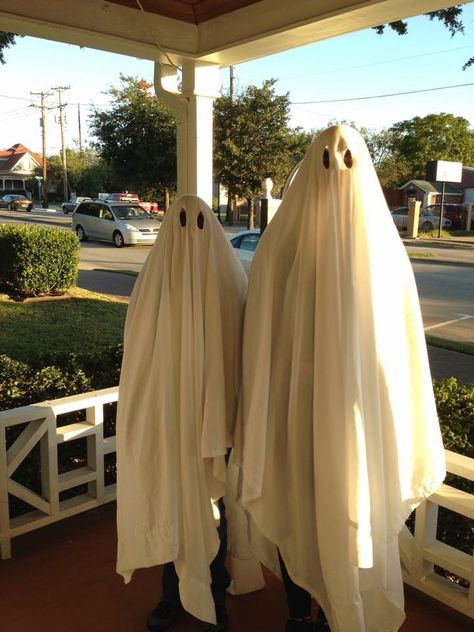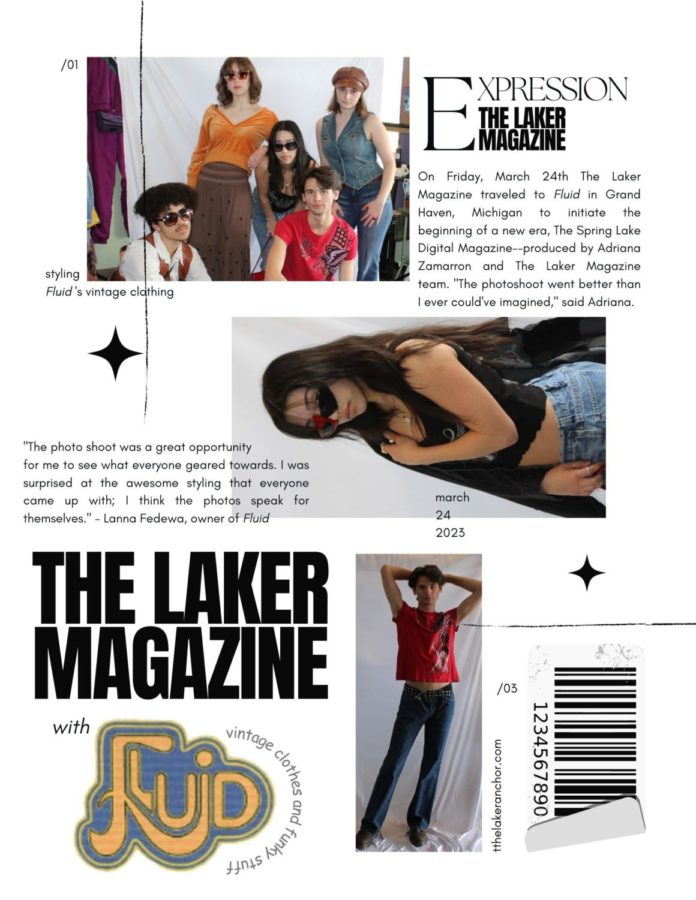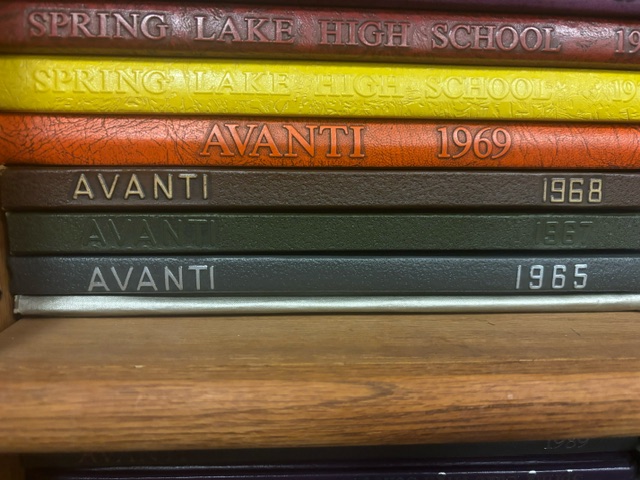On Monday, Pope Francis, the global leader of the Catholic Church died. He was 88. This came only weeks after a five-week-long hospital scare. So this raises some questions: What happens to the church? Who leads the church in his absence? How does one become Pope? When can we expect to see a new Pope take the throne?
After the Pope dies, the church enters into a mandatory nine-day period of mourning, in which the Pope’s personal belongings are taken care of, his will is read, his body prepared to lie in state, and buried. Francis, who was the 266th Pope, requested to be buried in a simple zinc and wood casket in the Basilica of St. Mary Major in Rome. He is the first Pope to be buried outside of the Vatican. According to tradition, an autopsy is not to be performed on his body.
Francis’s funeral will be held in St. Peter’s Basilica in Vatican City on Saturday, April 26, where a celebratory Mass will be held in his honor. Until then, his body will be placed in the nave of the basilica, lying in state so that pilgrims and the faithful may visit and pray over it. After his body is laid to rest in his tomb, it will be sealed, and the mourning will continue for a few more days.
In the time between Popes, called Sede Vacante, the day-to-day duties of the church are carried out by the Papal Camerlengo, the Pope’s right-hand man. No theological, dogmatic, or ecumenical decisions can be made in this period. Any official document must carry the seal of the Pope, which was destroyed immediately after his death. Here also, the Dean of the College of Cardinals will begin preparation for a papal conclave, the process by which the Pope is elected. The College of Cardinals is made up of 252 of the highest-ranking members of the church. For a Cardinal to participate in a conclave, he must be under the age of 80, of which there are 135. These are the “Cardinal Electors,” and they will be the ones to choose the next Pope.
The conclave will begin 15-20 days after the death of the Pope. All Cardinals meet within Vatican City and prepare the sometimes long process to elect the Pope. The Cardinal Electors are ushered into the Sistine Chapel and sealed inside, where no outsiders may be present for their activities within. They will not leave the confines of the Sistine Chapel and their living quarters until they have elected another Pope. No conclave since the mid-1800s has taken longer than five days.
Nobody truly knows what happens within a conclave. We only know that the Cardinals vote four times a day, twice in the morning and the evening. After each round of voting, the ballots are burned in the fireplace in the chapel through a chimney that leads out into the public parts of Vatican City. If the ballots are burned clean, the smoke will be white and the Cardinals will have elected a new Pope. If the ballots are burned dirty, the smoke will be dark, indicating that no Pope has been elected.
In order to be elected pope, one must simply be male and Catholic. But, much like the requirements to be elected president, these are only the bare minimum. The last time a non-Cardinal was elected Pope was almost 1000 years ago. The College of Cardinals always elevates one of their own. Only after a two-thirds majority is reached in a ballot shall a man be elected Pope.
This process can be long and complicated, but it always works. Members of the church have honed this process over the many years Popes have been elected, and it is almost without flaws. We don’t know who the next Pope is, but may he live a long and virtuous life, and may he guide the many members of the Catholic Church well.


